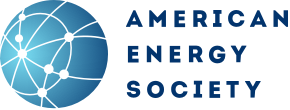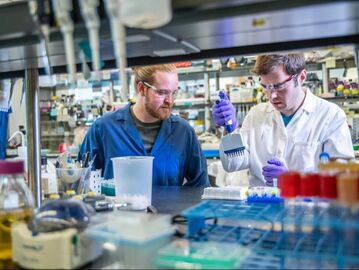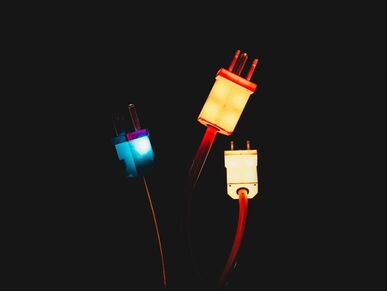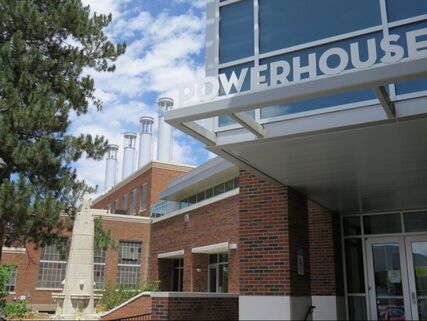A Few More Under-the-Radar Campus Programs
When AES unveiled its list of 187 Top Energy University Elites, Influencers and Contributors, there were just too many admirable energy initiatives to choose from. "When we began this project in 2016, we assumed that only a handful of universities were doing cutting-edge energy research," says AES President Eric Vettel. "We were shocked — and thrilled — to find almost 200 notable energy initiatives doing disruptive energy research."







